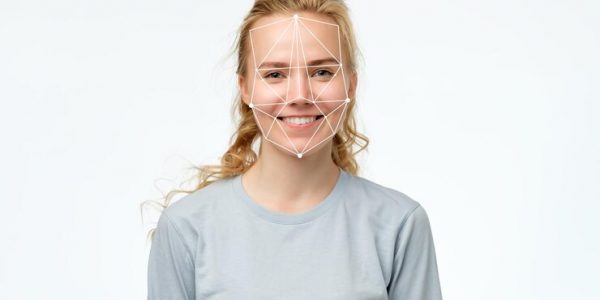We all know how important face biometrics is in ensuring the safety of our online transactions. But what exactly is face biometrics? And what are the risks and security issues associated with it? Read on to find out. Let’s start with some facts and figures. Face biometrics is a growing trend in several countries. The technology has the potential to make our online transactions totally secure, but it also carries security risks.

Face biometrics is a critical tool for identity authentication
Facial biometrics are becoming an increasingly important tool for identity authentication. However, businesses must be careful about using this technology, as not all facial biometrics technologies are free of bias and offer adequate safeguards against spoofing. This article outlines the main benefits of facial biometrics for business. Also, we look at the limitations of the technology. Its use will help businesses secure their operations and provide a better customer experience.
A face biometric scan is based on measurements and parameters of the face, collectively called a faceprint. When a large number of these parameters match, access to that particular face is granted. However, this technology has been plagued by issues, including inaccuracy in matching faces from various angles and identifying related and similar people. Even so, many smart devices incorporate facial biometrics.
It can make online transactions totally secure
Biometrics have been a hot topic since 2014, when the idea of integrating them into payment systems became a buzzword. It was reported that 86% of Americans now prefer biometrics to passwords for identity verification. After all, who wants to remember 27 different passwords? And who can store all these in an encrypted spreadsheet? Many millennials are ready for biometric payments, and they view them as a safer alternative to passwords.
In the financial services industry, face biometrics are being used to improve physical security and public safety. For example, banks use facial recognition to authenticate their customers. The technology uses what’s called “contained access control” facial recognition, which requires a known face image to match one other face. This means that even mobile applications and previously contracted online services can be secured using face biometrics. In addition, it also helps improve security and convenience for financial institutions.
It is being adopted in many countries
As AI technology rapidly advances, biometric facial recognition has been the subject of much debate. While authoritarian states have long maintained extensive biometric surveillance networks and social credit systems, the use of face biometrics for national security has been questioned. The ethical concerns surrounding this technology are considerable and will no doubt continue to grow. These ethical issues include potential conflicts between privacy, democratic accountability, and security. Face biometrics may be used for a variety of purposes, including border security, criminal investigation, and national security, but it also raises important ethical concerns about privacy and democratic accountability.
China has been the largest purveyor of facial biometrics technology. The government and police have been using face biometric technology to monitor citizens, and even to punish those who have violated their social norms. The police recently publicly shamed seven people for leaving their homes in pajamas, publishing the photos on their WeChat account. Moreover, a Chinese park is now using facial biometrics to protect toilet paper. Meanwhile, schools use it to determine student attention. Unfocused students will earn lower grades.
It offers compelling security solutions
Whether you’re a company seeking a new identity management system or an individual looking to improve the security of your home, face biometrics offers compelling security solutions. Facial recognition simplifies the process of identifying you, reducing the risk of identity theft. Similarly, biometric systems improve ATM security by preventing people from watching their PIN while they enter their data. Face biometrics helps organizations identify vulnerable customers and recommend products that may help them solve their problems.
As the technology continues to advance, it will be vital to find a company’s specific needs. Facial biometrics, for example, can help organizations streamline their video meetings. By utilizing facial biometrics, authorized employees could gain access to meetings immediately. While the technology isn’t widespread yet, this innovative use is already compelling. And as the technology becomes more widely available, most enterprises are poised to expand its biometric usage and adopt the technology.